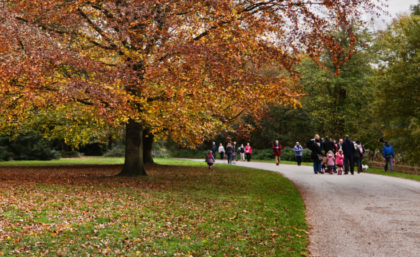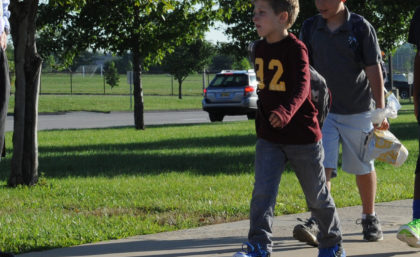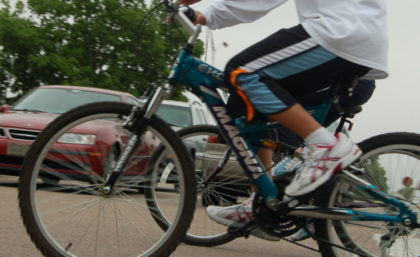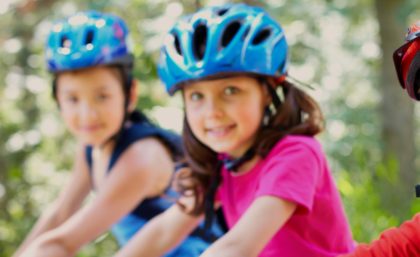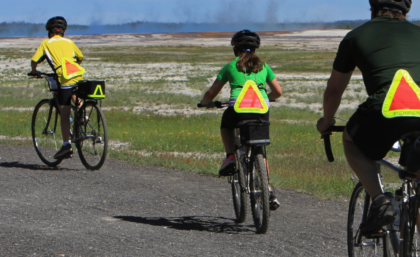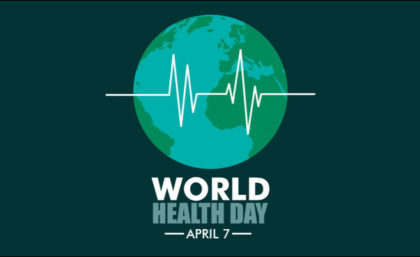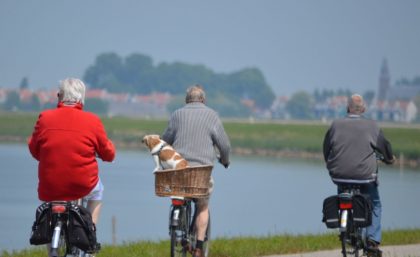The best way to start the day
The school journey is a perfect opportunity for children to discover their local area, gain independence and develop social networks. Reducing the number of children being driven to school in cars also has a number of benefits.
Improve physical and mental health
Using active travel for the school journey is a great way for children and parents to reach their recommended daily activity targets. By encouraging children to walk, cycle or scoot to school, it will help their physical and mental health. Pupils who use active travel to get to school are more relaxed, alert and ready to start the day.
Safer school zones and road safety skills
From a young age, children can develop road safety skills and learn how to manage risk gradually. As they develop the skills they need to stay safe, they can become more independent and discover strategies and solutions for getting around by themselves. Reducing the number of cars around the school at the start and end of the day will also make it safer for everyone.
Fewer emissions, less air pollution
It’s estimated that as many as 1 in 5 cars in the morning rush hour is on the school run, causing congestion and increasing journey times. Children are particularly vulnerable to air pollution which can impact on their development.
Further information
Many organisations provide studies and information describing the benefits of active travel to school and a reduction in the number of children being driven. The Sustrans Benefits of Active Travel for Young People fact sheet outlines the key facts and provides further resources and advice to encourage sustainable travel.
